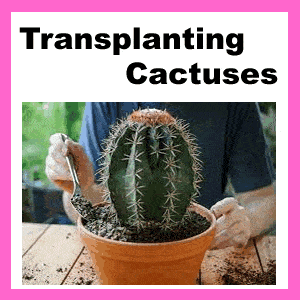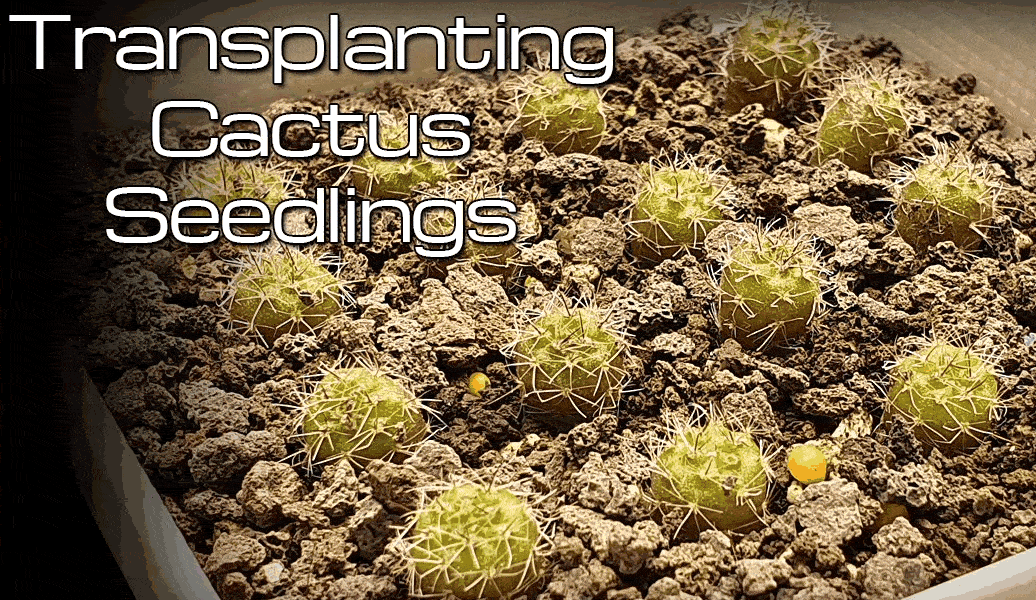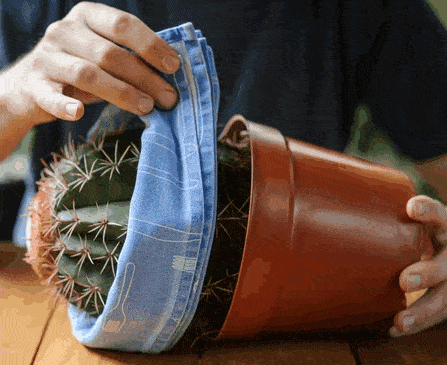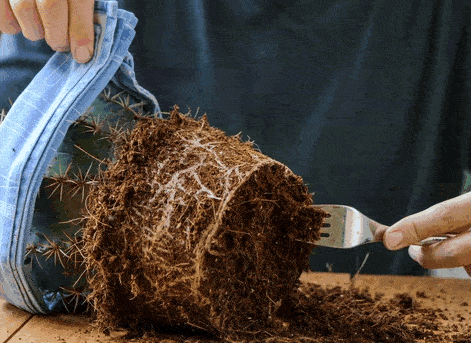When is it the right time to transplant a cactus? This is an often overlooked question among homeowners considering transplanting. To learn more about transplanting cactuses go here.
The following are tips on transplanting Cactus Babies:
Transplanting Cactuses Step by Step
If you are transplanting cactuses, the first step is to determine the proper timeline for transplanting. The timeline will depend on many factors including the health of your transplant patient and the health of the donor tree. The transplanting can be started as soon as the tree's roots have established themselves as strong and healthy as possible. Once established, the roots will then harden. It is important to keep in mind that once the roots harden, they are not reusable; therefore, once the soil where the tree is planted begins to dry out, it is no longer a good idea to transplant the tree.

There are several different reasons why transplanting cacti might be beneficial. One reason to transplant cacti is when the grower wants more foliage or a different type of fruit on a particular branch. Another reason is when the grower is moving to a different home within the same neighborhood. A third reason why transplanting is important is if the grower lives in a transitional zone from one area to another. Transplanting is often done with cacti that are in the transition zone for aesthetic reasons.

When is the best time to transplant a cactus? Transplanting should only be done after the roots reach a point where the soil is no longer usable for growing anything else. There is a general rule of thumb that says the root ball should be at least one to two inches below the surface of the ground. This is a good guideline, but it can vary depending on the specific species and the specific location where the transplanting is taking place.

Transplanting takes a few things into consideration. The amount of light that the roots receive is critical. It will depend on the species of the cactus, as well as the kinds of substrate they are growing on. Some campuses do not need as much light as others, and this will affect the time it takes for them to mature and bloom. Transplanting shallow substrate will allow the roots more time to acclimate to its new environment.

It is important to keep the substrate moist while the cactus soil is in its settling phase. Moisture allows the roots to properly integrate with the new potting soil. Transplanting shallow substrate before it has settled will make it difficult for the roots to adapt to its new home.

When the time comes to transplant, the process is not so cut and dry. A slow and careful approach to transplanting is best. Transplant the entire roots of the cactus into a large pot, making sure there is plenty of surface area to keep water in the pot.

The cactus must be kept in the pots for at least three weeks before the final transfer of the remaining roots to the outdoor garden. Care must be taken to allow sufficient time for the roots to fully absorb the soil material. Transplanting a cactus into a large, deep potting soil with good quality drainage will help ensure a successful transplant. If the original soil conditions seem to be challenging, consider contacting a landscape contractor who can provide the best advice about cactus care.

In most circumstances, transplanting cactus requires a pruning fork or sharp knife to remove as much of the old root system as possible. It is important to do this before the new roots can absorb all the nutrients from the soil. This will result in a healthier plant that will thrive in the new location.
There are three times during the year when it is best to transplant cactuses. These are the springtime, the summer and the fall. Transplanting before the best time will usually not result in healthy growth. Transplanting at the right time will result in a transplant that will support the new soil and root system.
When the soil is ready for transplanting, it is best to dig the hole with a shovel. Cactus roots expand during warm weather and contract during cold weather. When putting the cactus in the hole, make sure that it is in the direction of the trunk. If the roots are extended, they will not be under the weight of the substrate and can cause the roots to be uprooted. Transplanting cactuses is not difficult but there are procedures that must be followed.
For details about transplanting cactuses visit https://www.lovethegarden.com/uk-en/article/how-look-after-cactus-plant
